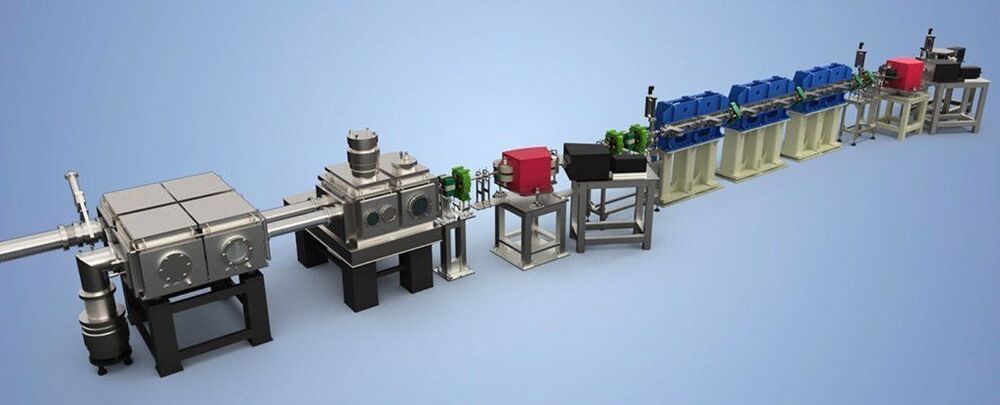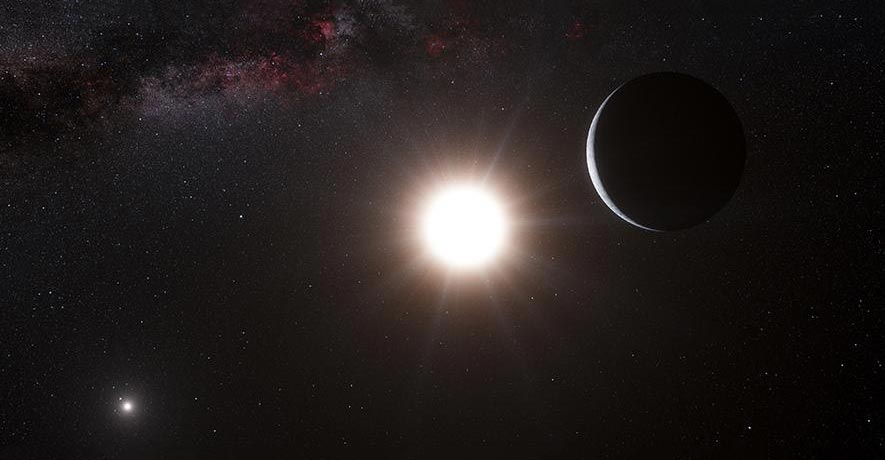Initial reports said the space station spun 45 degrees. The actual figure is far scarier.
Category: space – Page 657
Hubble captures 3 galaxies caught in a gravitational tug of war
A new image hints at the cosmic fate of the Milky Way.
Astronomers on the Hubble Team captured a three-way tug of war between galactic siblings as their gravitational force pulled on one another.


Scientists Find A Better Way To Turn Heat Into Electricity
Engineers usually regard heat as “waste energy” since it is hard to efficiently turn into anything useful. However, a new class of thermoelectric materials could change that after researchers opted to try the exact opposite of the usual approach. A paper in Science Advances explains why, speeding the search for even better versions.
As the name suggests, thermoelectric materials turn heat into electricity, skipping the boiling water stage used in most bulk electricity production. However, cost and inefficiency have kept thermoelectric generators restricted to niche applications, such as powering spacecraft like the Mars Perseverance rover where lightweight, reliable energy production matters more than price.
Thermoelectric materials are too expensive and polluting for more widespread use, but new versions that replace heavier elements with magnesium could change that, opening the door to even better options that could find widespread uses.

Galactic siblings fight in vivid NASA Hubble image
The image shows an elongated galaxy sandwiched, and stretched, between two galaxies. A long tail is visible in the galaxy on the right in this image: Called a “tidal tail,” this can occur when stars and gases are “stripped” from the outside arms of galaxies during a merger, according to Cosmos.
Tweet may have been deleted
The Hubble Space Telescope — the size of a large school bus — is over 30 years old. The solar-powered telescope takes detailed images of far-off cosmic objects, like Arp 195, yet the legendary instrument is wearing down with age, most recently exemplified by a computer problem that sent Hubble offline for weeks. Still, NASA expects “Hubble will last for many more years and will continue making groundbreaking observations, working in tandem with other space observatories including the James Webb Space Telescope to further our knowledge of the cosmos.”

This Miniature Particle Accelerator Powers a Tiny Laser With Huge Promise
Particle accelerators are hugely important in the study of the matter of the Universe, but the ones we think of tend to be gigantic instruments – surrounding cities in some cases. Now scientists have made a much smaller version to power an advanced laser, a setup that could be just as useful as its larger counterparts.
The particle accelerator in question is a plasma wakefield accelerator, which generates short and intense bursts of electrons, and the laser it’s powering is what’s known as a free-electron laser (FEL), which uses its light to analyze atoms, molecules, and condensed matter in incredibly high resolutions.
While this scenario has been tried before, the resulting laser light hasn’t been intense enough to be useful at smaller scales. Here, the researchers were able to keep the setup enclosed in few normal-sized rooms while amplifying the final electron beam produced by the laser, increasing the intensity by 100 times in the last step of the process.
Scientist Grow Artificial Brains In Space That ‘Think’
NASA flies mini brains to the International Space Station to test the effects of zero gravity.
Artificially made brain organoids are developing in ways scientists didn’t think was possible. NASA flies the mini brains to the International Space Station to test the effects of zero gravity. #StemCells #Organoids #DiscoveryNews.

Astronomers Show How “Tatooine” Planets Form in Binary Systems Without Getting Crushed
Astronomers have developed the most realistic model to date of planet formation in binary star systems.
The researchers, from the University of Cambridge and the Max Planck Institute for Extraterrestrial Physics, have shown how exoplanets in binary star systems – such as the ‘Tatooine’ planets spotted by NASA
Established in 1958, the National Aeronautics and Space Administration (NASA) is an independent agency of the United States Federal Government that succeeded the National Advisory Committee for Aeronautics (NACA). It is responsible for the civilian space program, as well as aeronautics and aerospace research. It’s vision is “To discover and expand knowledge for the benefit of humanity.”


Look: 14 stunning images show Mars in all its glory
In the world of space exploration, all eyes are on the Red Planet.
Billionaires like Elon Musk still envision Mars as a future home for human civilizations.
All eyes are on the red planet. Here’s a look back at some of the best images ever taken, from rovers like Perseverance to orbiters like Mars Express.